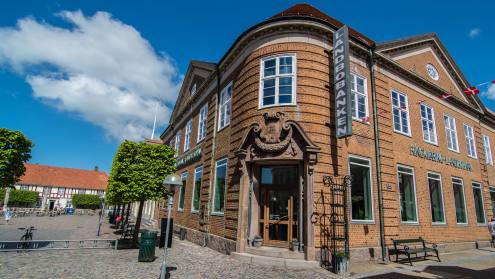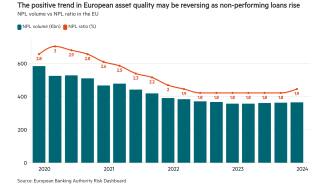There is not much to Loreggia, a small well-banked town about 15 miles from the Italian city of Padua, whose 6000 inhabitants can choose between four different banks. The Banca di Credito Cooperativo (BCC) dell’Alta Padovana, a 27-branch co-operative founded in 1896, is truly local, with its head office in Campodarsego, a small town on the road to Padua. With about €1bn in deposits, a similar amount in loans and assets pushing €200m, the BCC dell’Alta Padovana seems to be a typical small bank. But there is more to it than meets the eye: it is also a standard-bearer of an important part of the country’s credit system.
Loreggia has a claim to fame: it is of unique historical importance in Italian banking. Italy’s first co-operative bank was founded there in 1883 by Leone Wollemborg and a group of about 30 farm workers and small landowners. They had imported an idea first put into practice in Germany: the rural savings bank that Friedrich Wilhelm Raiffeisen launched in the Rhine valley in the middle of the 19th century to deal with usury and the difficulties of farmers in financing their businesses.











